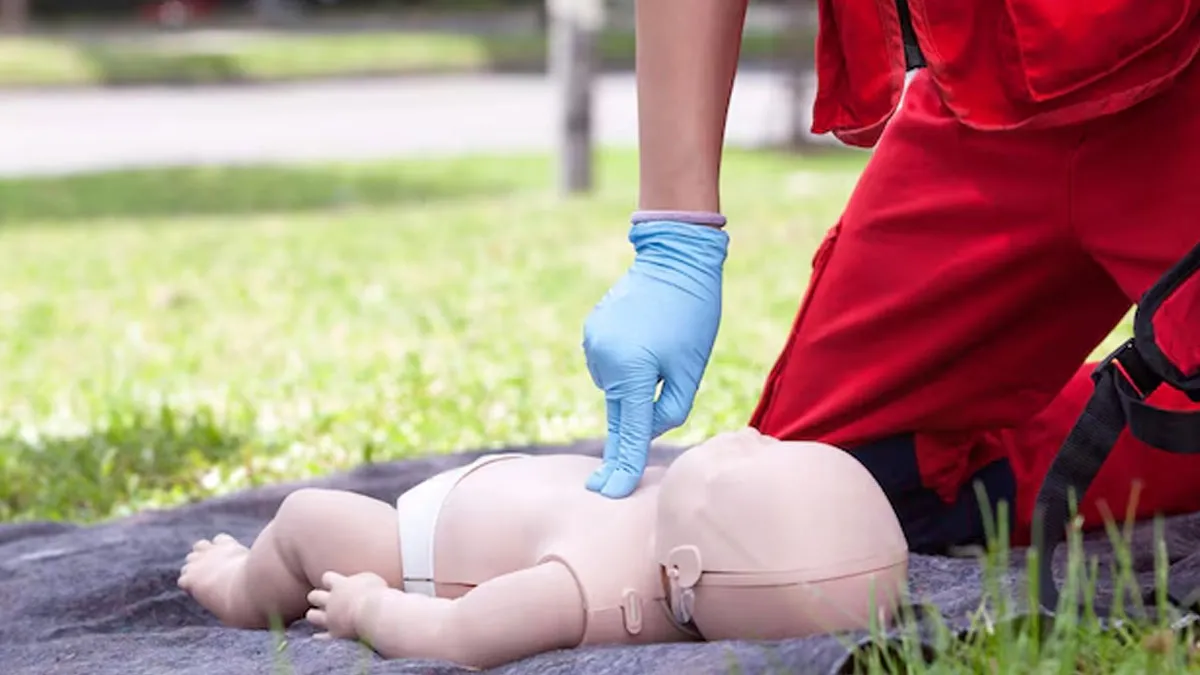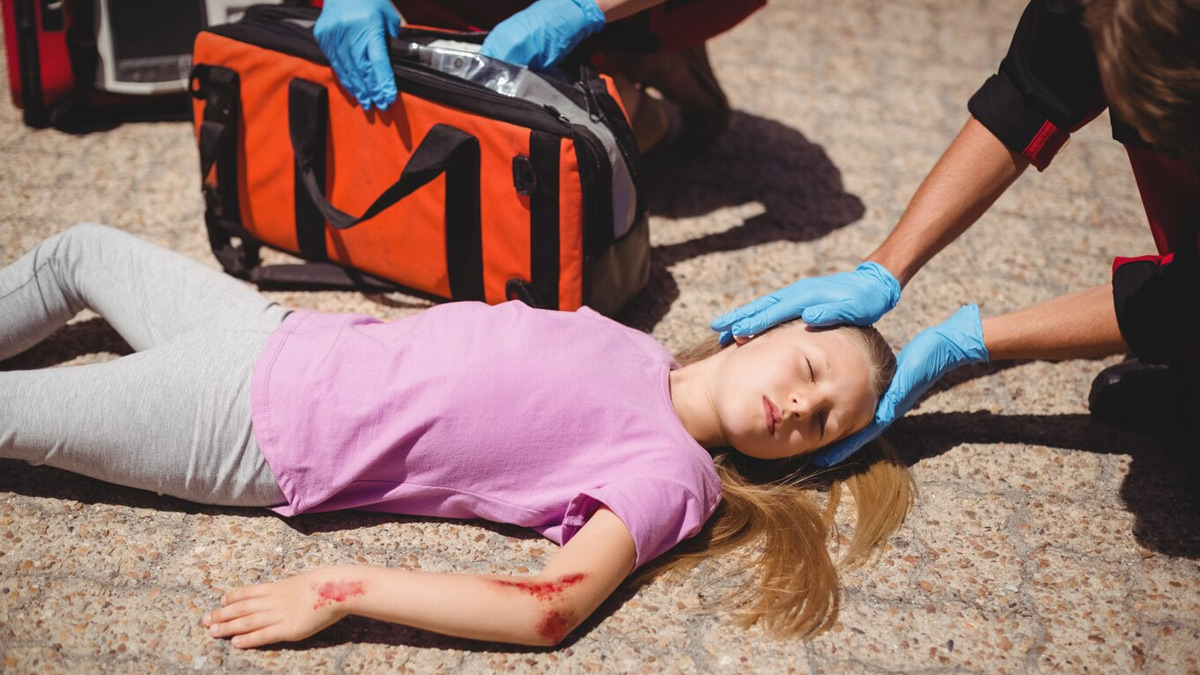
When a person's breathing or heartbeat stops, cardiopulmonary resuscitation, or CPR, is an essential life-saving procedure. Rescue breaths and chest compressions are used to keep vital organs receiving oxygen and blood flow until trained medical assistance can be provided. Knowing how to perform cardiopulmonary resuscitation (CPR) can dramatically improve a person's chances of surviving a cardiac arrest, possibly doubling or even tripling them. What about in the case of children though? Tragedy may strike anytime and every parent should be prepared for the worst to ensure the safety of their children. Dr Preeti Sharma, Senior Consultant Paediatrician, Ankura Hospital, Hyderabad, explains the whole process in detail as to what the course of action of a parent (or anyone in general) should be if the need arises.
Table of Content:-
How to Check Pulse in Infants
In babies less than one year old, the pulse should be checked at the brachial artery. This is located between the elbow and the shoulder, on the inner side of the arm. Place your two fingers there to feel for the brachial pulse. If you don’t feel a pulse within 10 seconds, you must start CPR immediately.
What to Do First
These days, everybody has a mobile phone. Call someone immediately or put the phone on speaker and ask them to call for an ambulance. If you are alone, shout for help while preparing to begin CPR.
Performing Chest Compressions

Also Read: What Is CPR And What Happens Inside The Body When It Is Performed
To begin, identify the two nipples of the child and imagine a line joining them. Just below that line, at the center of the chest, is where you perform chest compressions. If you are alone, use the two-finger technique. Press down on the chest with two fingers so that the chest goes down by about 1.5 inches or around one-third of the chest depth.
Give 30 compressions in quick succession:
1, 2, 3, 4, 5, 6, 7, 8, 9, 10…30
Giving Rescue Breaths
After the chest compressions:
- Go to the child’s head.
- Gently tilt the child’s chin upward and the head backward to open the airway.
- Pinch the nose closed.
- Seal your mouth over the child’s mouth and give two breaths: One... Two... and abort.
- If this is a case of head injury or accident, do not move the head—skip the tilt and focus on compressions.
What If Help Arrives?
Also Read: CPR Technique: Learn the Right Way to Administer CPR to Save Lives During a Heart Attack
-1753731891218.jpg)
If someone comes to help:
- One person should give breaths.
- The other should perform compressions.
In a two-person scenario, the second person should:
- Stand beside the baby.
- Encircle the chest with both hands.
- Place two thumbs just below the nipple line (same location as before), with one thumb on top of the other.
- Give firm chest compressions using both thumbs.
- The compression-to-breath ratio for two rescuers becomes 15 compressions to 2 breaths.
- Keep switching roles if someone gets tired. Continue this cycle until professional help arrives or the child starts breathing again.
Also watch this video
How we keep this article up to date:
We work with experts and keep a close eye on the latest in health and wellness. Whenever there is a new research or helpful information, we update our articles with accurate and useful advice.
Current Version
